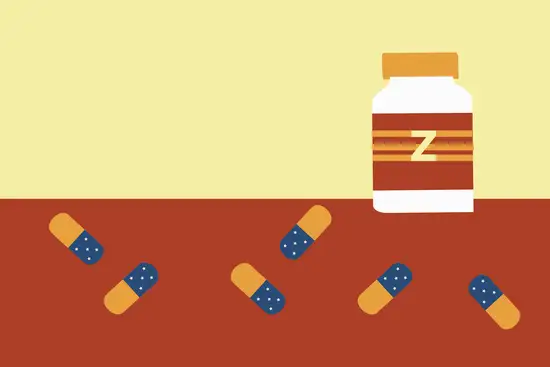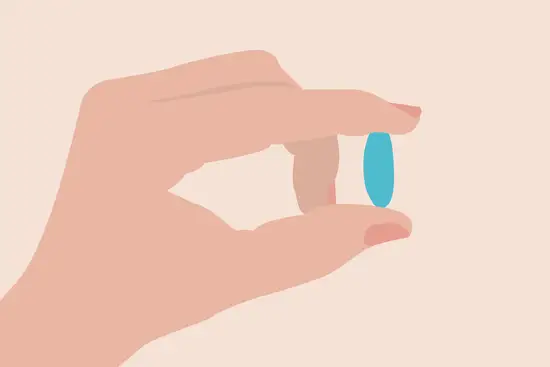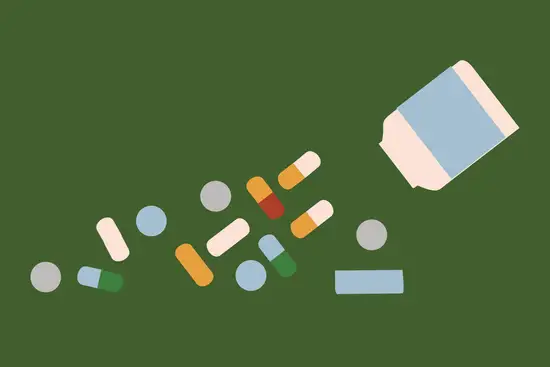Lunesta — Key points
Lunesta (the US brand name for eszopiclone, it is known as Lunivia in the UK and EU) is a drug used to help treat insomnia. But what is it and how does it differ from other medicines for sleep?
If you’ve been sleeping badly, whether this is a recent development or a long-term problem, you’re probably looking for a solution that will get you back to sleeping well quickly and effectively. And many people think medication may be the answer.
But with so many medications available, how do you know what’s right for you? And is medication truly the quick fix you’re looking for?
In this article, we’ll take a look at Lunesta in detail and explore:
- what Lunesta is
- the dosage of Lunesta for sleep
- if Lunesta is an effective treatment for your sleep problem
- the side effects you should watch out for
- if there’s a drug-free alternative to help you sleep well.
What is Lunesta?
In this article, we’re going to take a detailed look at Lunesta. But first, it’s important to understand where Lunesta sits among all the different drugs available.
Medicines that are used for sleep can be split into different classes. These include:
- benzodiazepines (like temazepam)
- ‘z’ drugs (like zopiclone and zolpidem)
- antihistamines (like hydroxyzine)
- antidepressants (like amitriptyline, trazodone and mirtazapine).
Lunesta is a non-benzodiazepine drug that belongs to the class of ‘z’ drugs. ‘Z’ drugs like zolpidem, zaleplon and zopiclone have been around since the late 1980s.1 Lunesta is a variation of zopiclone that was first approved in the US in 2004.
Eszopiclone isn’t covered by patent anymore, which means it’s available in the US as a generic drug. These generic medications have all the same active ingredients as the branded versions. But Lunesta is still how it’s best known in the US, so we’ll continue to call it that for this article.
‘Z’ drugs aren’t a long-term solution
Taking medication may help you get back to sleeping well quickly, but they only offer a short-term solution. Sleepstation’s clinically-proven sleep therapy is a drug-free alternative that not only helps you start sleeping well in as little as four weeks, but equips you with the skills to manage your sleep for years to come.
How is Lunesta different to zopiclone?
You may be wondering why, if Lunesta is just a variation of zopiclone, it’s not available in all the same countries?
Let’s take a look.
To understand how they differ, we first need to understand a little about enantiomers.
Some medicines can exist in two forms, having the same make up but the mirror image of each other.
This is the case with zopiclone, eszopiclone is one of the enantiomers of zopiclone.
But what’s really interesting is that the different enantiomers can have different potency strengths and side effect profiles.
So, whereas for zopiclone the standard dose is 7.25mg, the maximum recommended dose for eszopiclone is just 3mg.
Is Lunesta a controlled substance?
As with other ‘z’ drugs, Lunesta is classified by the US Drug Enforcement Administration (DEA) as a Schedule IV controlled substance.
A Schedule IV drug is considered to have:
- a low risk for misuse
- a low risk for physical dependence
- a low to moderate risk for psychological addiction
- an accepted medical use.2
How does Lunesta work?
Like many medicines for sleep, ‘z’ drugs work by binding the brain’s GABA receptors, leading to an increase in the amount of GABA in the brain.
GABA has a calming effect on the brain, so this helps you to relax and reduces anxiety.
This, in turn can help you to:
- fall asleep quicker
- stay asleep longer
- reduce how often you wake up.3 4
A large review of studies that compared Lunesta to a placebo found those taking Lunesta:
- fell asleep 12 minutes quicker (sleep onset latency)
- experienced 17 minutes less time awake after having fallen asleep (wake after sleep onset)
- spent 28 minutes more time asleep (total sleep time). 5
As you’ll no doubt be aware, no drug is completely safe and without side effects. That’s why it’s always worth weighing up the benefits against the risks and speaking to your healthcare professional before making any decisions. These results are certainly positive but may not be worth the potential side effects, which we’ll consider later.
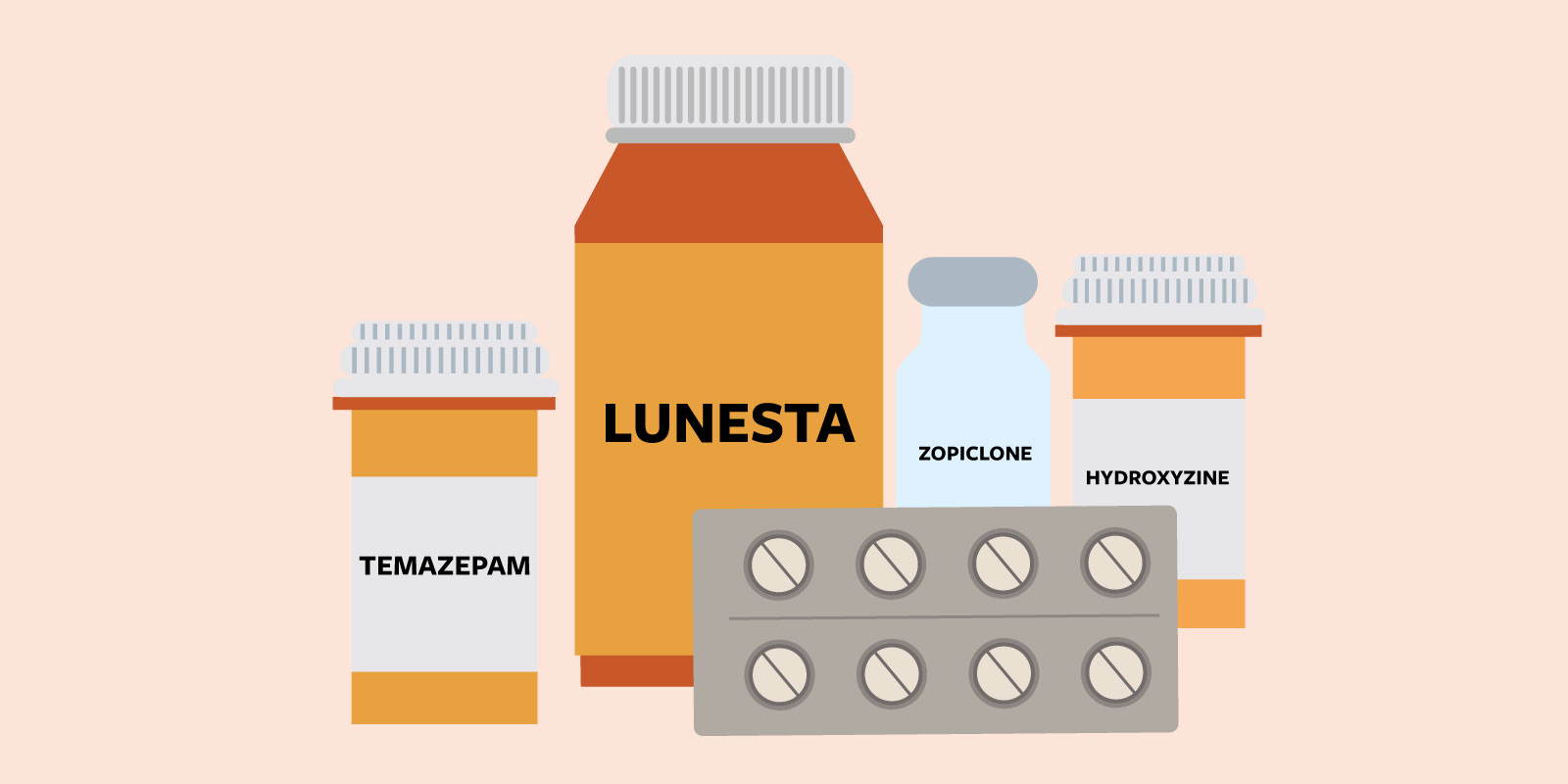
Lunesta dosage for sleep
As mentioned earlier, the dosage of Lunesta is lower than zopiclone. A typical starting dose is just 1mg taken once a day, right before bedtime.
If needed, the dosage can be increased by your doctor to no more than 3mg, the maximum recommended dose.
Taking more than the recommended dose is never advised and any increase of your dose should be discussed with your healthcare provider first.6
How to make Lunesta work better
Lunesta is rapidly absorbed which means that it should exert its effects around one hour after taking it.
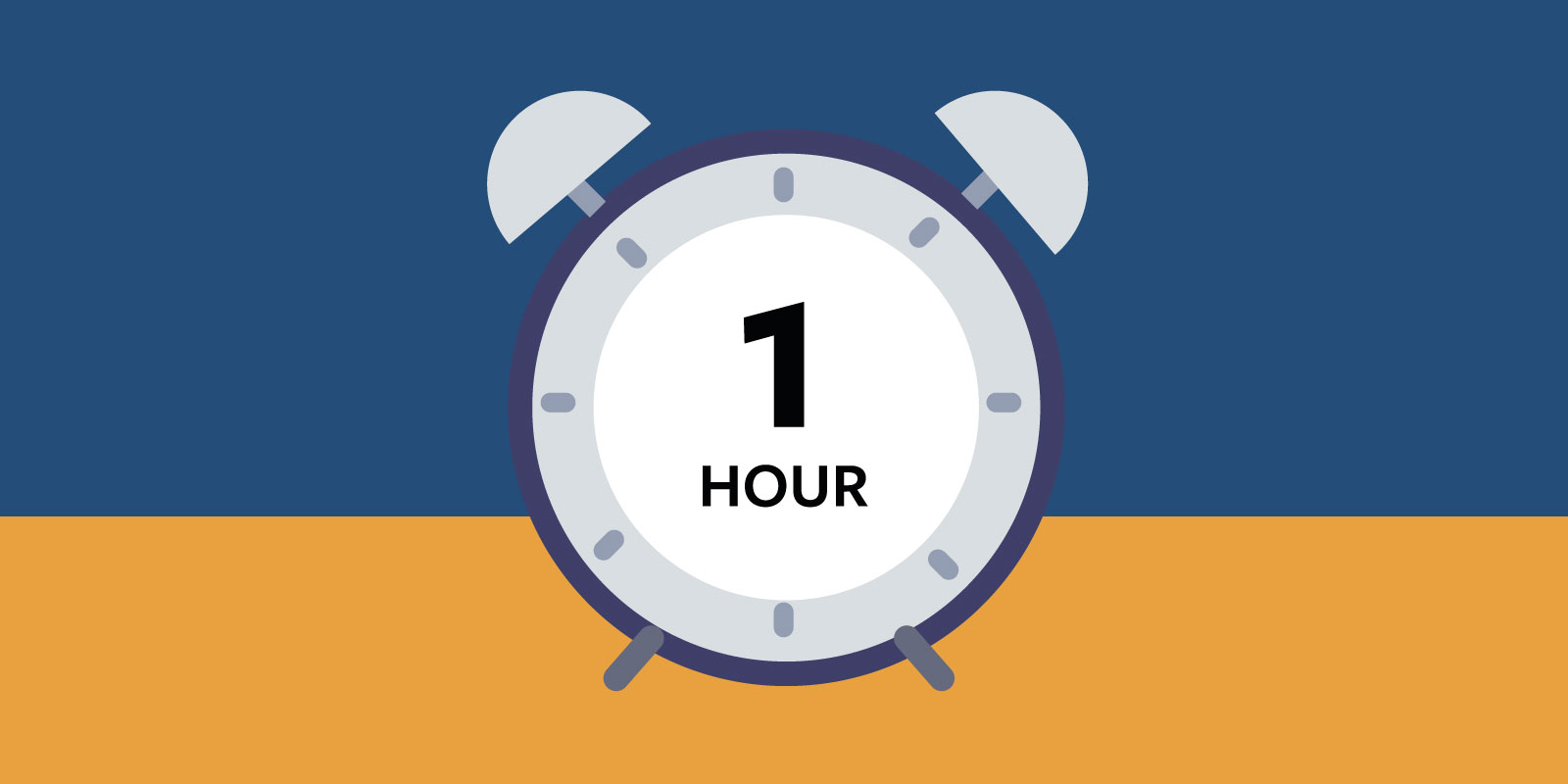
If you’re taking Lunesta as directed, there’s no real way to make it work better. If you find it’s not helping you sleep, you can increase your dosage, under the supervision of your healthcare provider
But, like we said, all medicines come with risks, whether that’s side effects, addiction or the potential of overdose. Let’s take a look at Lunesta’s risks now.
Does Lunesta have any side effects?
When comparing different medicines for sleep, one of the benefits of Lunesta and other ‘z’ drugs is that they generally have fewer side effects than older benzodiazepines. That said, some adverse effects that have been noted during the use of Lunesta include:
- an unpleasant taste in the mouth
- dry mouth
- anxiety
- cold or flu symptoms
- somnolence (increased sleepiness).7
Lunesta also has quite a short duration of action. This is how long it stays effective in the body. On one hand, this can be a benefit as, when you wake up the next morning, you’ll not experience any residual effects. This means you don’t have to worry about having to deal with any hangover-like symptoms and grogginess that you might find with some other medicines for sleep.
On the other hand, this could mean that Lunesta’s effects run out in the middle of the night, causing you to wake up either during the night or early in the morning. And with no more Lunesta in your system, you might find it difficult to get back to sleep again.
Is Lunesta addictive?
It is thought that there’s a lower risk of addiction with Lunesta than there is with more traditional sleeping pills. The clinical studies that have taken place focus on when Lunesta is taken at the recommended dose. As with all drugs, you should make sure to only take as directed by your healthcare provider.
Lunesta and alcohol
Taking Lunesta with alcohol can increase any nervous system-related side effects of Lunesta. These include:
- dizziness
- drowsiness
- difficulty concentrating.
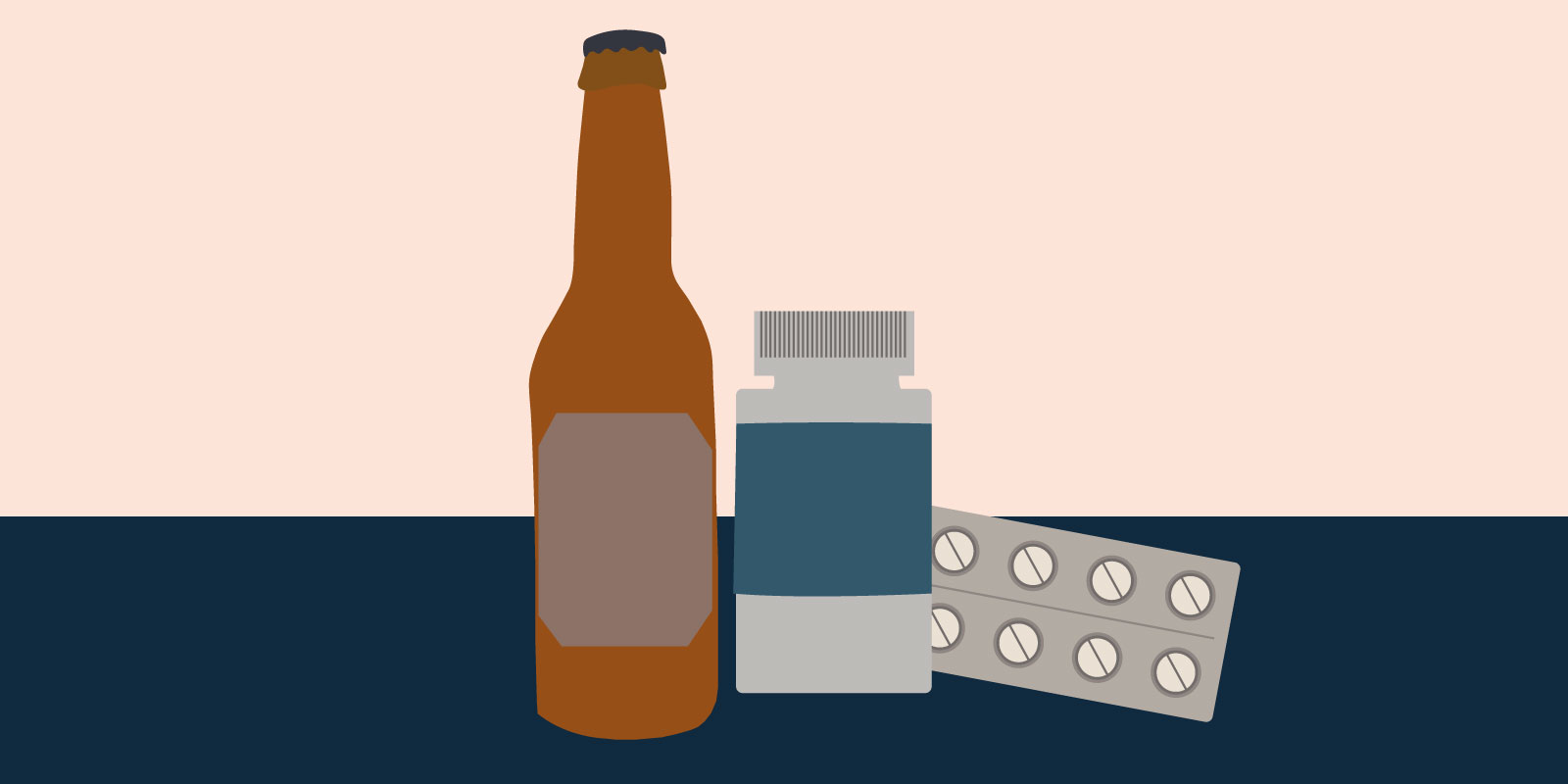
Lunesta withdrawal
There’s some evidence that there are only minor detrimental effects on sleep when withdrawing from Lunesta.4 But more research is needed to explore this in more detail. It is, of course, worth bearing in mind again, that once you stop taking a medication for your sleep, your poor sleep can return.
Is Lunesta habit forming?
Like many medications, it’s possible to become reliant on Lunesta. You could convince yourself that taking Lunesta is the only way that you’ll be able to fall asleep. If you don’t take the medication, this causes you to worry so much that this actually stops you being able to sleep. But rather than identifying the anxiety as the cause of your insomnia, you view your disturbed sleep as justifying your need for the medication.
So when it comes to choosing a medication for sleep, there are a lot of things you need to consider. But there are alternatives.
If you want to improve your sleep without medication, Sleepstation can help.
Sleepstation can help you sleep well with no medication and no side effects
At Sleepstation, we use Cognitive Behavioural Therapy for insomnia (CBTi), the gold standard of insomnia treatments. CBTi is proven to be so effective that it’s become the first line treatment for adults with insomnia.8 9 This is because, unlike medication, CBTi gets to the bottom of what’s really stopping you from sleeping, helping you address the causes and not just the symptoms.
We’ll help you to identify any thoughts, feelings and behaviours that are coming between you and your sleep and give you practical strategies to reframe your relationship with sleep and get you sleeping well once more.
And you won’t have to do it alone. You’ll be guided every step of the way by our team of sleep experts, therapists and highly-trained, dedicated sleep coaches. They’ll monitor your progress throughout, check-in with you regularly and be on hand through the messaging centre to offer helpful guidance and advice so that you can make the very most of your sleep therapy.
If you’ve decided that now’s the time to start sleeping naturally again, without using pills, signing up is easy. Just answer our short questionnaire about you and your sleep and take the first steps on your journey back to better sleep, without the need for medication.
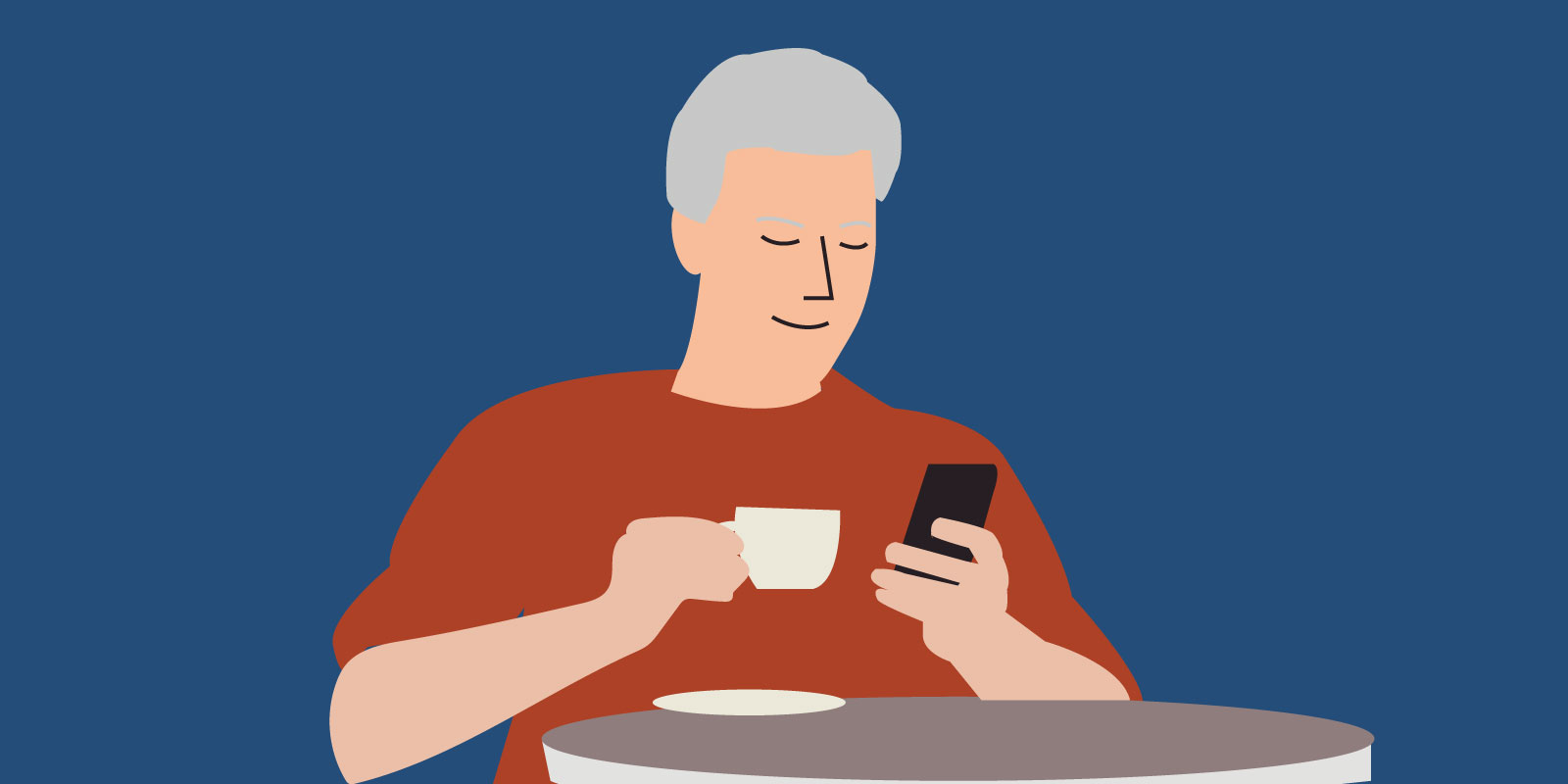
Summary
- Lunesta or eszopiclone is a variation of the ‘z’ drug zopiclone.
- Like all medicines, Lunesta only treats the symptoms of insomnia.
- Sleepstation can help you get to the bottom of what’s keeping you up at night and give you the tools to resolve it.
References
- Najib J. Eszopiclone, a nonbenzodiazepine sedative-hypnotic agent for the treatment of transient and chronic insomnia. Clin Ther 2006; 28: 491–516. ↩︎
- Drug Enforcement Administration, U.S. Department of Justice. Drugs of abuse, A DEA resource guide: 2017 edition. Lulu Press: Barking, England, 2020. ↩︎
- Harrison NL. Mechanisms of sleep induction by GABA(A) receptor agonists. J Clin Psychiatry. 2007;68 Suppl 5:6–12. ↩︎
- Hepsomali P, Groeger JA, Nishihira J, Scholey A. Effects of oral gamma-aminobutyric acid (GABA) administration on stress and sleep in humans: A systematic review. Front Neurosci [Internet]. 2020;14:923. ↩︎
- Rösner S, Englbrecht C, Wehrle R, Hajak G, Soyka M. Eszopiclone for insomnia. Cochrane Database Syst Rev. 2018;10(10):CD010703. ↩︎
- Morin AK, Willett K. The role of eszopiclone in the treatment of insomnia. Adv Ther. 2009;26(5):500–18. ↩︎
- Stewart J. Lunesta. Drugs.com. Available here. (accessed 27 Sep2023). ↩︎
- Riemann D, Baglioni C, Bassetti C, Bjorvatn B, Dolenc Groselj L, Ellis JG et al. European guideline for the diagnosis and treatment of insomnia. J Sleep Res 2017; 26: 675–700. ↩︎
- Edinger JD, Arnedt JT, Bertisch SM, Carney CE, Harrington JJ, Lichstein KL et al. Behavioral and psychological treatments for chronic insomnia disorder in adults: an American Academy of Sleep Medicine clinical practice guideline. J Clin Sleep Med 2021; 17: 255–262. ↩︎
